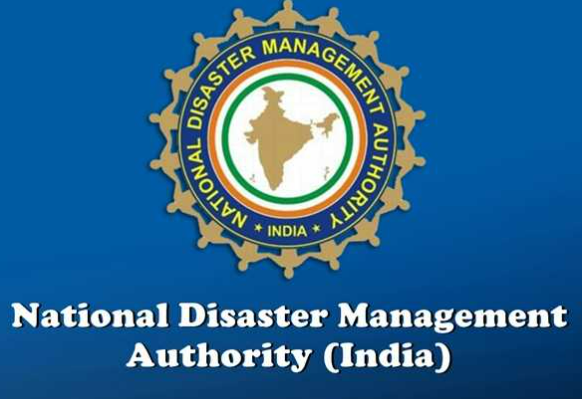New Delhi, July 27:
In a landmark move to test and enhance disaster response capabilities, the National Disaster Management Authority (NDMA), in collaboration with the Indian Army and the governments of Delhi, Haryana, and Uttar Pradesh, will conduct one of the largest multi-agency earthquake preparedness drills in the National Capital Region (NCR) from July 29 to August 1.
The four-day mega drill, titled ‘Suraksha Chakra’, aims to strengthen inter-agency coordination and test the effectiveness of emergency response protocols in the event of a high-magnitude earthquake or chemical hazard. NDMA officials emphasized that this exercise is vital for a densely populated and seismically active region like NCR, where an unprepared response to a major disaster could result in catastrophic outcomes.
“This is one of the most comprehensive disaster management preparedness exercises we’ve ever attempted in the region,” an NDMA official said. “It’s crucial that citizens are made aware this is only a drill, and there is no cause for panic.”
Earthquake Scenario to Be Simulated
On August 1, a simulated earthquake scenario will be staged simultaneously in at least 18 districts across the NCR, including all 11 districts of Delhi — Central Delhi, East Delhi, New Delhi, North Delhi, North East Delhi, North West Delhi, Shahdara, South Delhi, South East Delhi, South West Delhi, and West Delhi. Districts from neighboring Haryana and Uttar Pradesh will also participate, making it a multi-state, cross-jurisdictional effort.
The simulation will mimic the immediate aftermath of a major earthquake, triggering a full-scale emergency response from various agencies. Expecting to witness a large presence of ambulances, fire engines, police vehicles, army trucks, and civil defence forces, NDMA has issued an advisory requesting the public to remain calm and avoid panic.
High-Visibility Response Drills
During the drills, several preparedness and response mechanisms will be activated. These include:
-
Heavy movement of emergency vehicles on major roads
-
Deployment of National Disaster Response Force (NDRF) units and Army personnel
-
Use of sirens and public address systems to alert residents
-
Setting up of field command posts, medical camps, and relief centres
-
Simulated rescue operations, including mock evacuations and casualty management
Officials said that these activities are essential to assess the real-time capabilities of emergency responders and to identify gaps in coordination or logistics.
Strategic Planning Ahead of the Drill
In preparation for the large-scale simulation, two high-level meetings have been scheduled at the Manekshaw Centre in New Delhi.
On July 29, top officials and stakeholders will convene to review the hazard profile of the NCR and discuss integrated response strategies. This meeting will set the stage for smooth coordination during the drill days.
On July 30, a second session will bring together disaster managers and strategic planners who will engage in a tabletop wargaming exercise, simulating decision-making processes during a crisis. This will help familiarize officials with complex disaster scenarios and test the efficacy of their response strategies on paper before they are implemented in the field.
A Step Towards Safer Cities
NDMA clarified that no actual danger or real casualties will be involved in the exercise. The mock drills are solely for training and evaluation purposes.
“All activities are being conducted to test and improve the region’s ability to respond effectively in a real crisis, ultimately enhancing the safety of all citizens,” the NDMA said in an official statement. Officials have also coordinated with local police, municipal bodies, hospitals, and transportation services to ensure smooth conduct of the mock drill without disruption to daily life.
With ‘Suraksha Chakra’, authorities hope to instill a sense of preparedness across agencies and communities alike. The exercise underscores the need for robust disaster resilience mechanisms in urban areas vulnerable to natural and man-made hazards.
As the NCR continues to grow in population and infrastructure, such drills are not just a precaution but a necessity.








